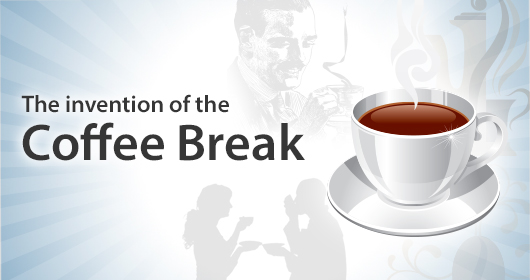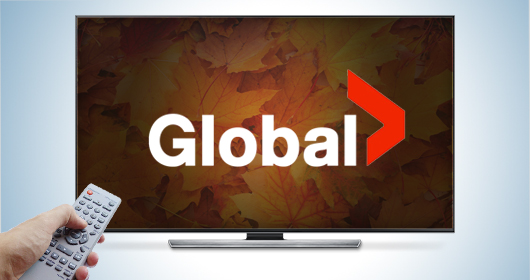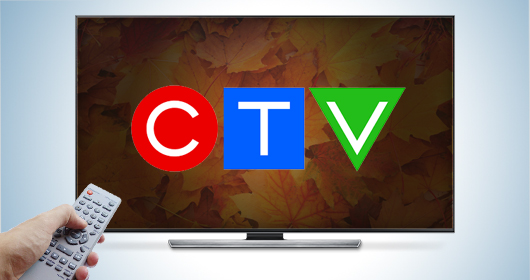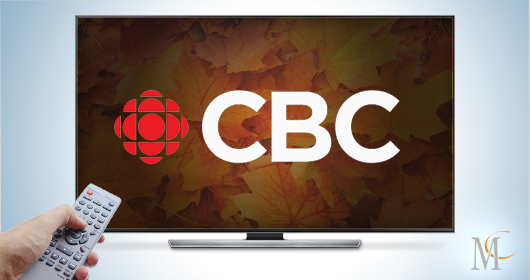
Ever wondered where the term “coffee break” comes from? This term started in the 1950’s when the sale of coffee was steadily decreasing. In order to increase sales Pan American Bureau (which consists of coffee producers in South America and major coffee brands in the United States) invested money into making Americans add coffee into their daily routine.
Pan American Bureau enlisted the help of American psychologist J.B Watson who studied behaviorism. He believed people could be conditioned to respond in predictable ways through repetitive motions. This captured the interest of many corporate advertising agencies who were trying to further understand the habits of the American consumer.

Watson used his background in behaviourism to target client’s products to consumers needs. He noticed during World War 2, factories were giving their employees short breaks during each shift where they would have a cup of coffee to wake up and increase productivity.
In Watsons advertisement, he included the concept of a “coffee break” for their morning or afternoon break during the work day. His ads showed workers and families sitting around tables, smiling, not working, while drinking cups of coffee. The ad campaign featured the slogan of “Give yourself a Coffee-Break — and Get What Coffee Gives to You.”
By the end of the first year of the campaign companies were referring to the employee’s short break as a “coffee break.”
Source:
https://www.quora.com/What-are-some-mind-blowing-facts-about-advertising-and-advertisements
https://www.coffeeforless.com/blogs/coffee-for-less-blog/who-invented-the-coffee-break



